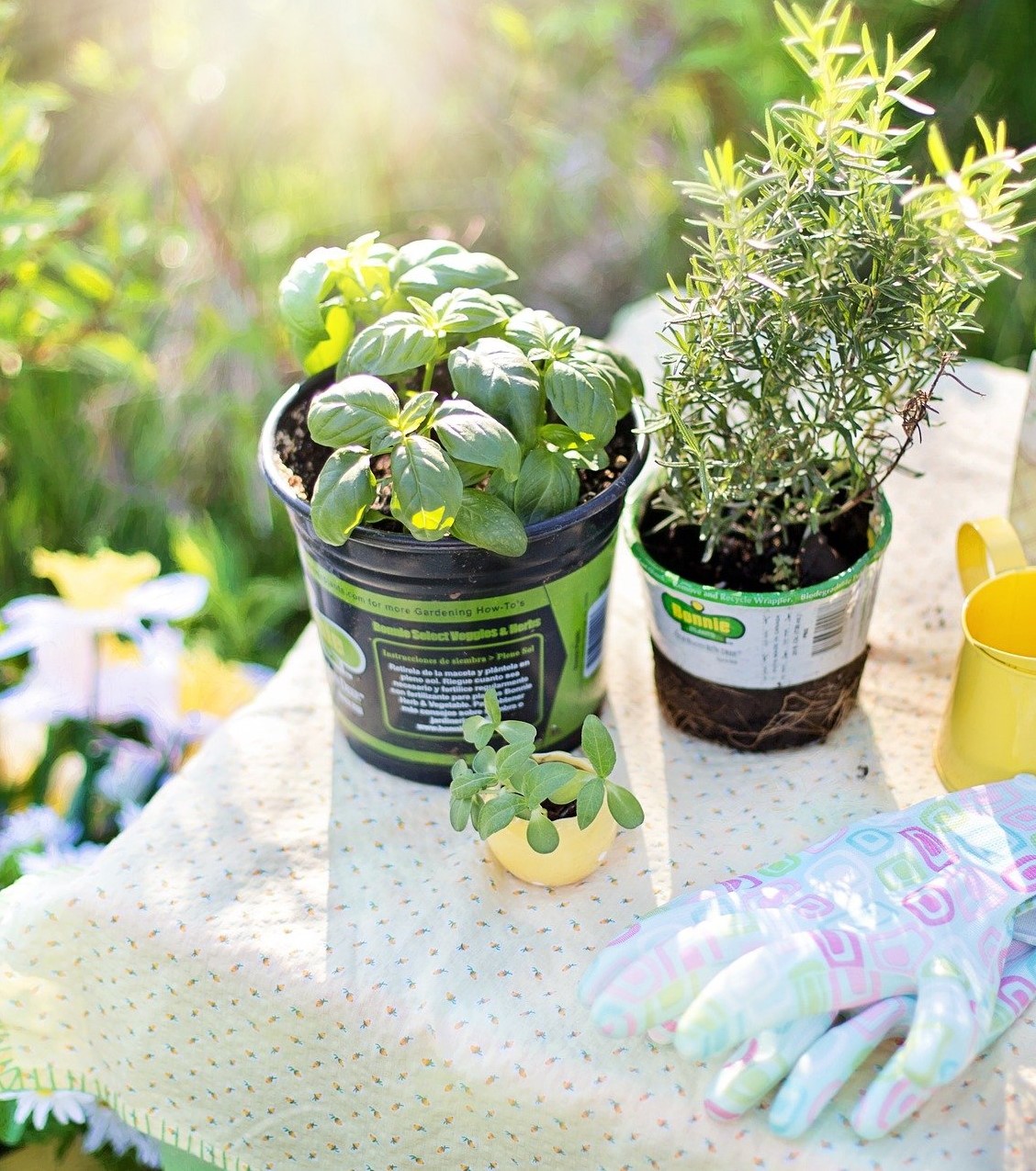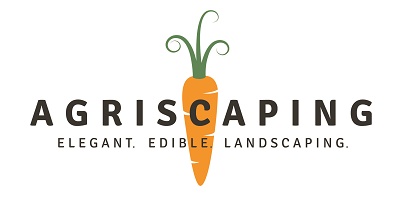The Many Flavors of Herb Gardens

The Many Flavors of Herb Gardens
*By Shaun Mayfield
Whether it is to garnish your plate, add amazing flavor to your dishes, add to a refreshing glass of ice water or tea, or simply to have a ‘touch & smell’ garden, herbs are at the heart of any good gardened Agriscape. Herbs are simply any plant that has usefulness. Some are beautiful annuals or biennials and others make hedged perennial evergreen shrubs. Herbs come in all sorts of shapes, styles, flavors, and smells. Herbs are also used as insecticides, coloring dyes, or other industrial uses. They’ve been used for thousands of years as balms and medicine for different ailments. If you have not added herbs to your space then what’s stopping you?
When it comes to herbs there is so much of the plant to consider. All parts of a plant may be used as an herb, for instance, some herbs you can use their leaves, flowers, roots, stems, or seeds, and others have any sort of combination of those useful parts. Herbs are recognized by different people for their unique uses, for instance, cooks enjoy herbs for their culinary qualities. Gardeners enjoy them because they are resilient, natural resistance to pests, and are fairly hardy. Herbalists enjoy them for their unique healing properties of many herbs roots, flowers, and leaves. And still many use them for their fragrance and beauty as seen in potpourri, dried arrangements, and wreaths. Some people grow them simply because of their added beauty in the garden and companionship to other plants or working as a bee attractor.
Consider adding one of these types of herb gardens to your space or any mixture of these plants throughout your space and even in a windowsill with lots of light.
Kitchen Herb Gardens are great for culinary uses for meal ingredients or garnish. For an herb garden close to the kitchen try Basil, Chives, Parsley, Oregano, Rosemary, and Thyme.
Fragrant Herb Garden spaces are great for the ‘touch & smell’ spaces where you can touch the plants while walking amongst them. These types of plants can be used for aromatherapy, scented candles, cut flowers, and other fragrant needs. Some herbs on this list may include Lemon Balm, Lavender, Scented Geraniums, Anise Hyssop, Rosemary, and Mint.
Tea Gardens are great since there are so many plants that fill this bill on adding flavor to your tea or even adding to water or other drinks. Some herbs on this list include Chamomile, Anise Hyssop, any of the many mints as well as Bee Balm and Rosehips.
Medicinal Herb Gardens contain plants that may help internally or externally to help us heal faster, alleviate pain or other symptoms, or help in other ways. Aloe and Feverfew are a couple of the many medicinal plants. Always check with a specialist before trying ant]y herbs as medicine since many can be harmful if ingested or used improperly.
Ornamental Herb Gardens are valued for plants that create beauty or architectural flavor like rosemary plants as hedges or foundation plantings. These garden spaces are great to fill in the void of any and all herbs that you may wish to have in your space that brings elegance & beauty. Sages, Garlic Chives & Society Garlic, Cardoon, and Ornamental Oregano.
Hopefully, you have been inspired to try something new in your garden with some of these amazing herbs, or perhaps adding an entire herb garden area to your space.
To find out what upcoming webinars or live classes are available click here!
* Shaun is an Agriscaping Certified Educator (ACE) in Denton, TX. Find himhere.

